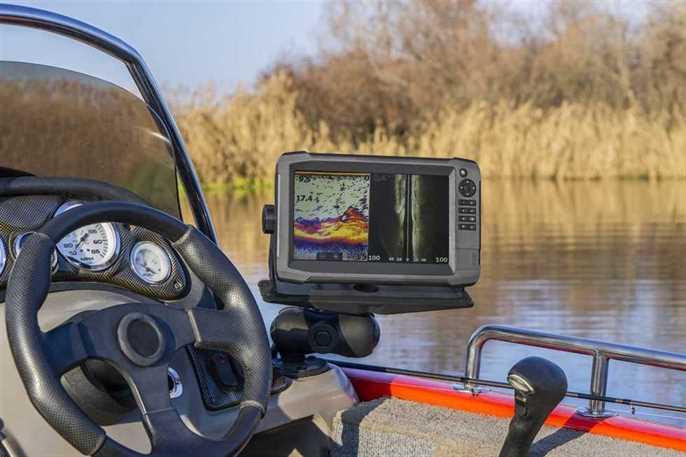 Knowledge is power. When you know the temperature and depth of the water you’re fishing, it makes it easier to know which fish you’re likely to catch, what bait you should use to catch them, and what behaviours you should expect of them.
Knowledge is power. When you know the temperature and depth of the water you’re fishing, it makes it easier to know which fish you’re likely to catch, what bait you should use to catch them, and what behaviours you should expect of them.
That makes temperature and depth two of the most important pieces of information you can know. There are really two ways of figuring them out, besides plunging into the water yourself - you can use a fish finder, or you can use a temperature and depth gauge.
Both of these tools have their own advantages and disadvantages - we’re going to break them down for each. Then, we’ll ask an interesting question: why not use both?
There are really three major advantages to using a separate temperature and depth gauge.
The first is that they tend to be less expensive. A depth gauge from HawkEye, for example, will usually only run you between $80-120 - far less expensive than most fish finders. There are some fish finders that cost as little, however - more on that in the next section.
The second advantage is that they only provide information on depth and temperature. That means they’re giving you instantaneous feedback on both - with a high-quality depth and temperature gauge, you’ll always know exactly how deep and warm the water is.
Finally, these gauges display limited information - just depth and temperature. That means there’s no risk of information overload, and the learning curve to use them is practically non-existent.
The biggest advantage of a fish finder is that they provide way more information than depth and temperature gauges. If you have a fish finder, you literally don’t need a separate depth and temperature gauge, because basically every fish finder on the market already comes with a depth and temperature display - plus, of course, fish-finding functionality.
What’s more, there are some really inexpensive fish finders on the market. You may be sacrificing a bit in terms of accuracy, but something out of the PiranhaMAX series by Humminbird, for example, won’t cost you more than a high-end depth gauge. If you’re trying to find a fish finder that provides a good combination of functionality and affordability, we’ve got your back. We’ve posted the best fish finder reviews for 2021 - they’ll help you find what you’re looking for.
For those who want hyper-accurate, at-a-glance depth and temperature readings and the functionality of a fish finder, it can be a good idea to simply buy both. Depth finders are very affordable, after all. For those who want one or the other, we’d generally recommend a fish finder - you’re getting a lot more bang for your buck, and the depth and temperature readings are still quite accurate.